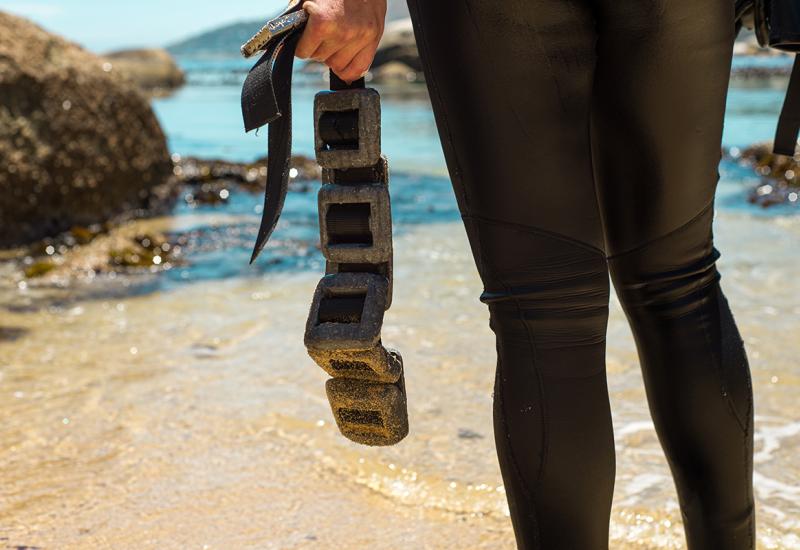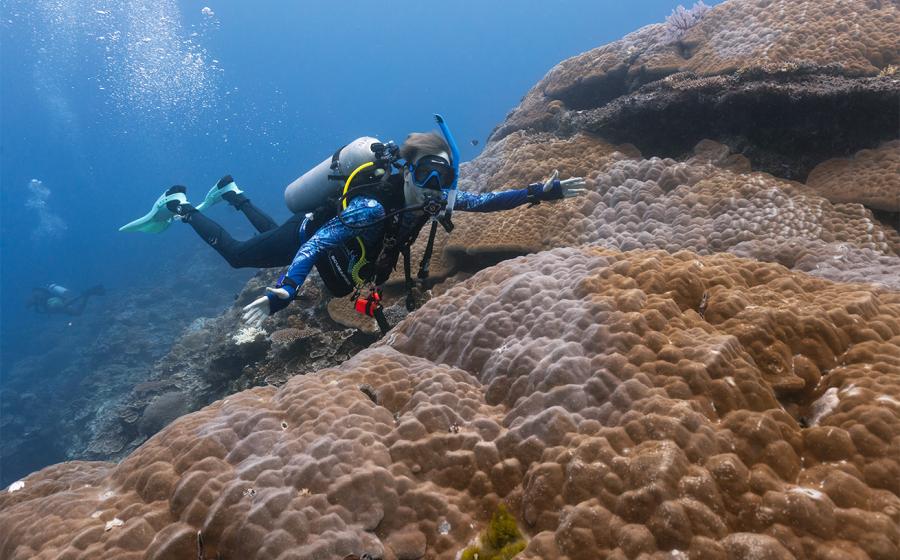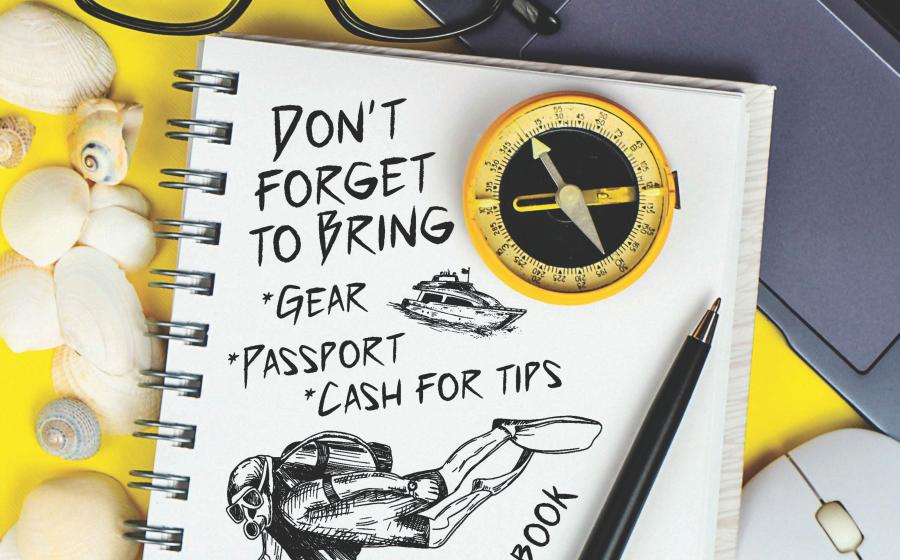Dive Training: 8 Tips to Save Air When Diving

scuba tanks misc
Timothy Solano Wikimedia Commons
1. Stay Warm
If you dive uninsulated, you’re heating the ocean with your body, which increases your metabolism and oxygen-burn rates. Experiment with different amounts of protection.
2. Go Slowly
Rapid, jerky movements burn more air due to increased resistance underwater.
3. Look, Ma, No Arms!
Imagine you’re a Tyrannosaurus rex, with huge legs and tiny little arms. Waving your arms and hands around burns incremental air, with little or no impact on your position.
4. Trim Up
Poor weight distribution created increased drag and burns more air. (Ditto for gear that drags.) Try varying weight positions.
5. How Slow is Slow?
Try using time as a guide. Inhale over a five- to seven-second period, and exhale over a six- to eight-second period. As a slower rate becomes more natural, you’ll no longer need to count.
6. Reverse the Pause
Pausing at the top of our inhalation cycle — instead of at the bottom, as we do on land — allows our bodies to extract a bit more oxygen from the air in our lungs. Practice in a swimming pool.
7. Restrict the Flow
Try this: Hold your tongue against the roof of your mouth and breathe around the sides of your tongue. This artificially created restriction will force you to breathe in more slowly.
8. Practice
As with any sport, performance improvements come with practice.

Timothy Solano Wikimedia Commons
1. Stay Warm
If you dive uninsulated, you’re heating the ocean with your body, which increases your metabolism and oxygen-burn rates. Experiment with different amounts of protection.
2. Go Slowly
Rapid, jerky movements burn more air due to increased resistance underwater.
3. Look, Ma, No Arms!
Imagine you’re a Tyrannosaurus rex, with huge legs and tiny little arms. Waving your arms and hands around burns incremental air, with little or no impact on your position.
4. Trim Up
Poor weight distribution created increased drag and burns more air. (Ditto for gear that drags.) Try varying weight positions.
5. How Slow is Slow?
Try using time as a guide. Inhale over a five- to seven-second period, and exhale over a six- to eight-second period. As a slower rate becomes more natural, you’ll no longer need to count.
6. Reverse the Pause
Pausing at the top of our inhalation cycle — instead of at the bottom, as we do on land — allows our bodies to extract a bit more oxygen from the air in our lungs. Practice in a swimming pool.
7. Restrict the Flow
Try this: Hold your tongue against the roof of your mouth and breathe around the sides of your tongue. This artificially created restriction will force you to breathe in more slowly.
8. Practice
As with any sport, performance improvements come with practice.










